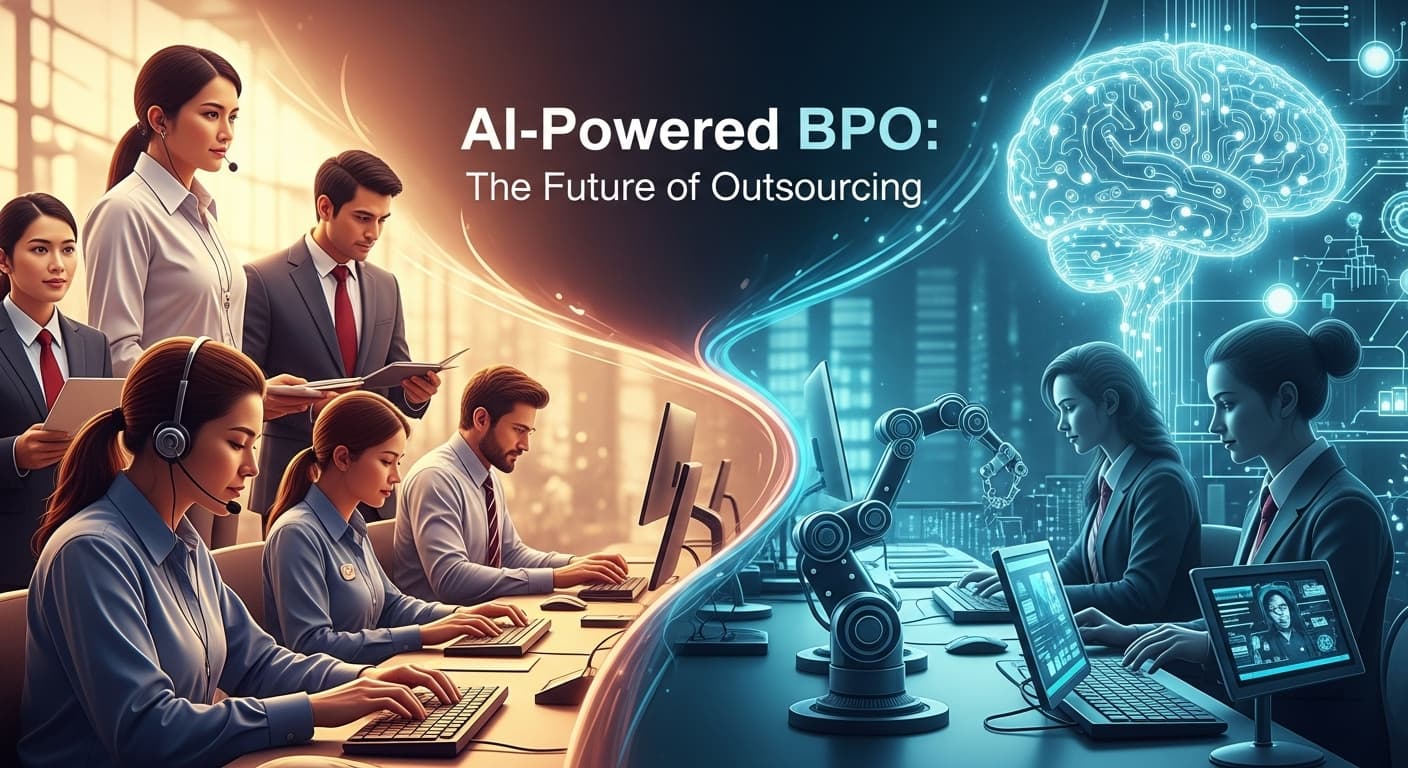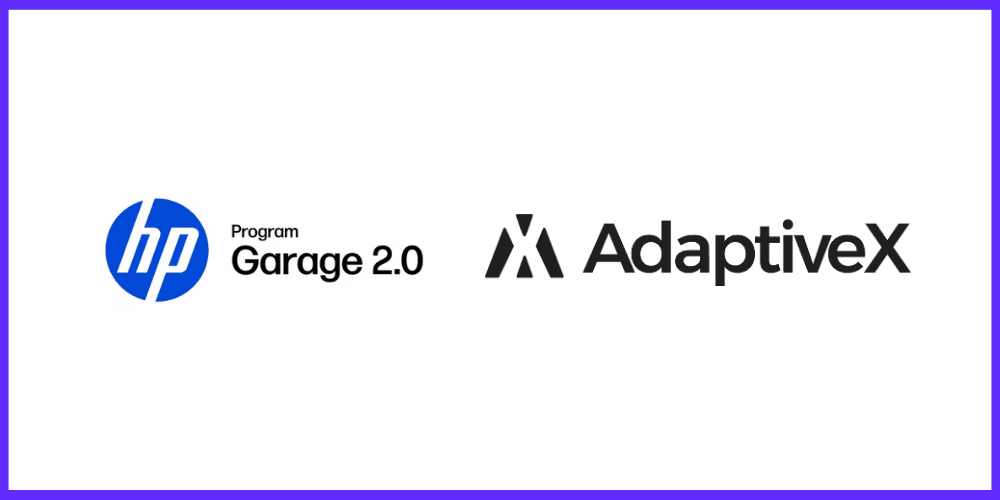The End of "Please Hold": How AI Is Quietly Fixing Customer Service
We have all been there: sitting on hold, listening to looped classical music, waiting for a human to pick up and help us with a simple refund. For decades, this was the standard customer service experience. But if you’ve noticed that support chats are getting smarter or that refunds are happening instantly, it’s not your imagination.
The industry behind customer service, known as Business Process Outsourcing (BPO), is undergoing a massive makeover. By 2033, the market for AI in this sector is expected to jump from $2.6 billion to nearly $50 billion.
At AdaptiveX, we are not just watching this shift; we are building the engine that powers it. Here is how AI is reshaping the way we get help.
1. The Two-Minute Resolution
The most immediate change is speed. In the past, contact centers measured success by how many people they could hire to answer phones. Today, they measure success by how fast software can solve your problem.
The clearest example comes from Klarna, the fintech company. They recently deployed an AI assistant that handles two-thirds of their customer service chats, about 2.3 million conversations a month. The result? The average time it took to resolve an issue dropped from 11 minutes to under 2 minutes.
For consumers, this marks the end of the "queue." Instead of waiting for an available agent, AdaptiveX’s AI systems can handle thousands of requests simultaneously, effectively making the wait time zero.
2. "Chatbots" That Actually Understand You
We have all struggled with "dumb" chatbots that can only answer basic FAQs and break down the moment you ask a complex question. The new wave of AI, powered by Generative AI (GenAI), is different.
Unlike the old script-based bots, these new agents can "reason" and perform tasks. This is where AdaptiveX’s Voice and Chat Agents shine. They don't just read from a script; they understand context, handle interruptions, and maintain conversations that feel genuinely human.
This shift is moving us toward "Agentic AI", systems that don't just talk but act. With AdaptiveX’s Workflow Agent, you can tell a bot, "Change my flight and email me the new ticket," and it executes the task instantly across backend systems without a human ever touching a keyboard.
3. Humans Are Still Here (For the Hard Stuff)
Does this mean human agents are extinct? Not quite. The goal of AI in BPO isn't just to replace humans, but to remove the "drudgery" from their jobs.
When you do reach a human agent today, they likely have an AI "co-pilot" whispering in their ear. AdaptiveX integrates these tools to instantly pull up your account history, suggest the correct policy, and even analyze your tone of voice to tell the agent if you are getting frustrated.
Research shows that this technology helps newer agents perform like experts. A study on Generative AI found it increased productivity by 14%, with the biggest boost going to less experienced workers. This means you are less likely to get a "newbie" who doesn't know how to help you.
4. The Trust Gap
Of course, the transition isn't perfect. You might have heard of AI "hallucinations", where a computer confidently gives you the wrong answer.
In high-stakes industries like banking or healthcare, this is a major hurdle. Even some of the best AI models still have hallucination rates around 17% in complex scenarios. Because of this, AdaptiveX employs a robust "Human-in-the-Loop" system. The AI drafts the response, but a human checks it before hitting send. This ensures that while the response is fast, it’s also accurate.
The Bottom Line
The era of "labor arbitrage", shipping jobs overseas just to save money, is ending. We are entering the era of "technological arbitrage," where value comes from how smart the system is.
For the consumer, the future looks like this: fewer hold times, instant resolutions for simple tasks, and human agents who are better equipped to help you when things get complicated. With AdaptiveX, the "Please Hold" music might not be gone forever, but you’ll be hearing a lot less of it.



